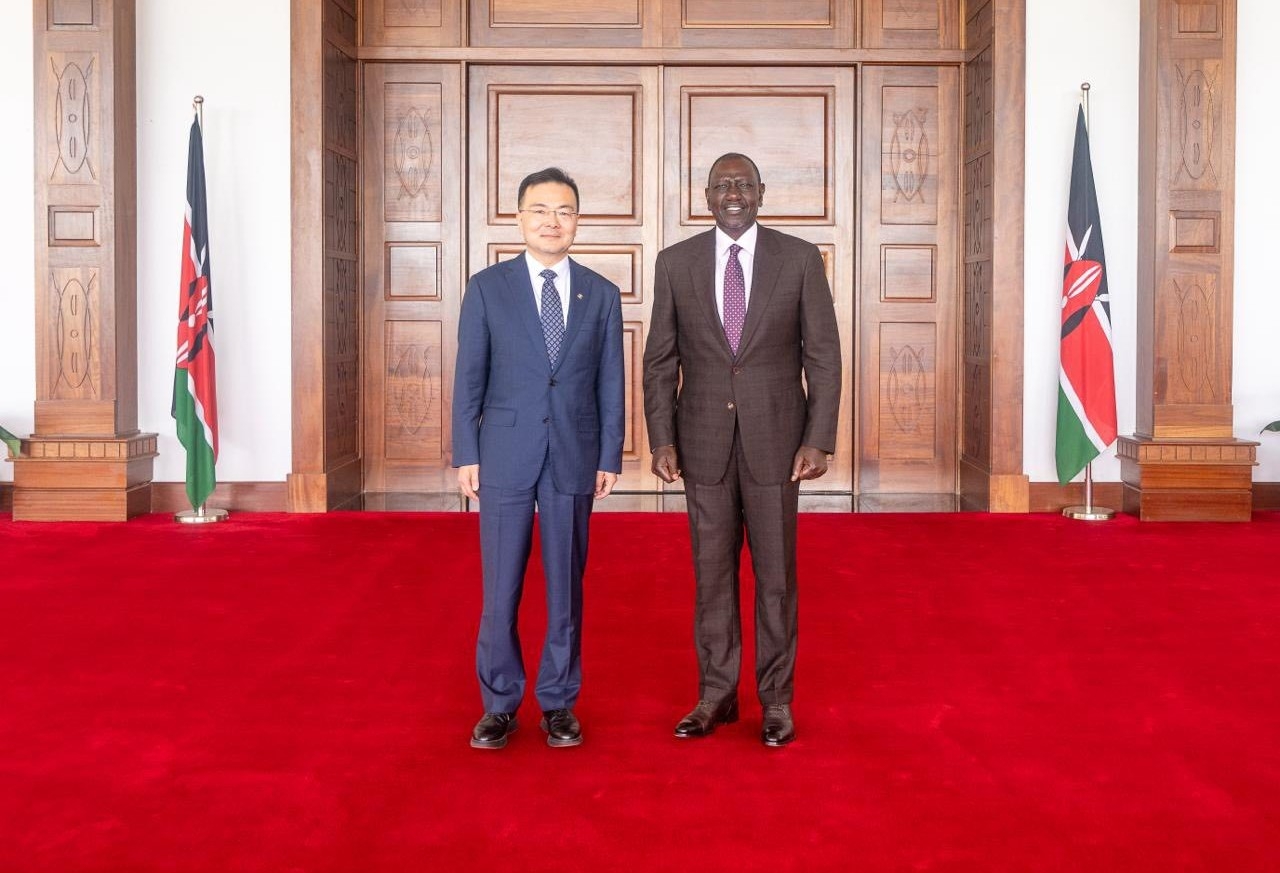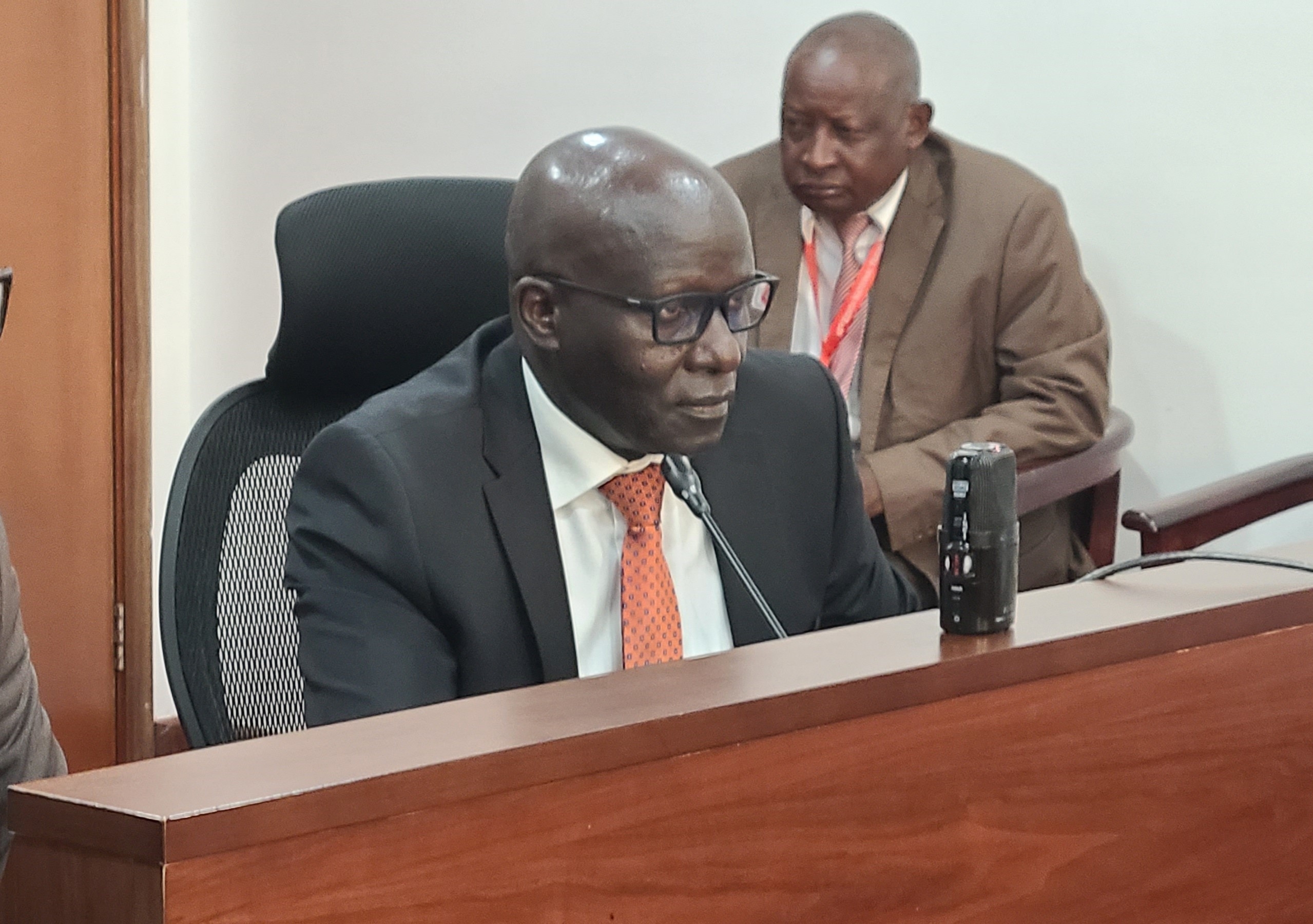Kenya's ballooning debt risks pushing it into a 'high distress' zone alongside other Sub-Saharan Africa countries facing a similar situation, the IMF has cautioned.
This, it said will pile pressure on economic growth.
The caution comes at time when reports indicate the country is lobbying for 44 loan agreements valued at about $4.1 billion with 15 lenders including the African Development Bank, China, Japan and the World Bank.
If successful, this will push Kenya's total public debt to over Sh6.3 trillion or 68 per cent to gross domestic product. Central Bank of Kenya quoted the debt at Sh5.8 trillion as at June 30.
In the Global Financial Stability Report released Wednesday, the Washington-based lender said the issue of debt is becoming more pressing especially for countries in Africa relying heavily on China to fund development budgets.
"The issue of debt is more pressing in a lot of Sub-Saharan African countries that are either in distress or at high risk of debt distress," IMF's head of Monetary and Capital Markets Evan Papageorgiou said.
On Wednesday, the lender further downgraded Kenya's economic forecast for the current financial year to 5.6 per cent from 5.8 per cent stated in April, citing global trade wars, dwindling financial position among other factors.
Last year, IMF downgraded Kenya's debt distress from low to moderate, indicating that the country's risk of defaulting on debt repayments had grown.
“The higher level of debt, together with rising reliance on non-concessional borrowing, have raised fiscal vulnerabilities and increased interest payments on public debt to nearly one fifth of revenue, placing Kenya in the top quartile among its peers”, the lender said.
Last month, National Treasury proposed to cap public debt at an absolute figure of Sh9.1 trillion by 2023, a departure from 50 per cent to GDP threshold that the government has failed to keep.
The IMF recommends the present value of emerging-market nations’ debt shouldn’t exceed 74 per cent of GDP.
According to IMF, capital flows to Africa are important means of financing development but have to be "dealt with in a responsible manner."
It added that emerging markets borrowing in US dollars are particularly vulnerable to cutbacks in cross-border lending, because their ability to substitute into alternative funds in US dollars or even other currencies is limited.
''This has seen external debt rise to 160 per cent of exports on average, up from 100 per cent in 2008. A sharp tightening of financial conditions and higher borrowing costs would make it more difficult for them to service their debts,'' the lender said.
The also raised a red flag alsflag on high levels of borrowing from China, which is not part of the Paris Club of creditors, which have common terms on how to handle countries that get into trouble.
''This also is a concern because many of those loans do not show up in government budgets because they go to state-owned enterprises, and therefore are not accounted for in the country's debt statistics,'' IMF said.
















